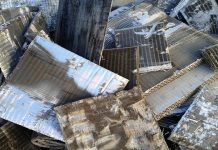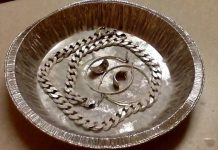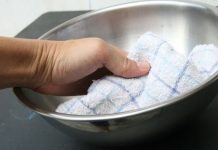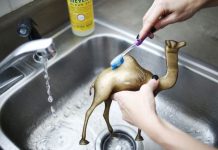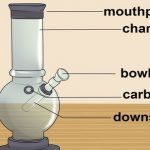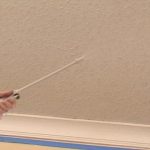In this article, we will discuss the best way to polish brass. No doubt that brass brings a warm, burnished glow to our household items. It adds an additional beauty ranging from switch plates, lamps and door knockers to bathroom fixtures, furniture, and few kitchen utensils. Brass is an alloy of copper, zinc and sometimes other metals like cadmium. It has been used by ancient civilizations and modern-day people alike due to its elegance, durability, and malleability.
Despite its loads of merits, brass can accumulate greasy oils and dirt and may even tarnish over time. There are various simple techniques to brighten up your brass piece. With only a little bit of effort and knowledge along with some elbow grease you can keep your brass accents polished and shining. Your normal cleaning products in your kitchen can easily do the trick.

Method to Polish Brass:
1.) Determine if the Brass Piece is Lacquered
Well, the modern brass pieces are usually covered with an outer coating of lacquer which protects the brass from getting oxidized. However, the older, antique pieces of brass do not have that lacquered coating. In fact, you can figure out the difference in outer layer by simply looking at its surface. The surface will have a clear finish yellow shade covering and the alloy will only tarnish if there is a crack in the lacquer coating.
Your first defense for keeping your brass pieces clean is by regularly dusting using a soft rag. After dusting your brass (lacquered), dip a soft cotton cloth into a solution of mild dish detergent and lukewarm water. Remove out the excess solution from the cloth so it’s only slightly damp, and then gently wipe the brass surface clean. After cleaning the surface, use a twisted out cloth dipped in clean water to eliminate any remaining soap, and then dry the brass piece thoroughly.
2.) Hot Water to Clean Brass
Hot water can easily soften the lacquer layering covering brass. Place the lacquered brass piece in a sink basin, and pour hot water over the brass piece. The hot water makes brass to expand and so as the lacquer. When the brass starts to cool down, it will start shrinking but the lacquer won’t shrink with it. Now, once the brass is cooled down the lacquer will be slightly separated from the brass surface, and you can easily peel it away.
3.) Remove the Lacquer with Varnish Remover to Clean Brass
Make a heavy layer of newspaper on a table before trying this method as it will help protect the workspace by absorbing varnish remover drippings. Use a good paintbrush to evenly coat the brass piece with the varnish remover. After applying the remover, allow it to sit a couple of minutes and then wipe away the varnish remover using a soft cloth. You should first read the instructions carefully found on the container of varnish remover.
4.) Polish the Brass to Clean Brass
Before polishing the brass you need to clean off all the surface dust and dirt. You will find various types of commercial brass polishes. However, you can make your own at home with lemon. Cut a lemon into two equal halves and squeeze all the juice into a small bowl. Add table salt or baking soda to form a paste. After making the paste, directly the paste to the brass piece using a soft cloth.
Note: Do not rub the paste too austerely into the brass piece. The harsh salt/baking soda will gently remove the tarnish. You should use a clean soft bristle toothbrush to the areas hard to reach. You can also try various commercial cleaners to get the job done.

